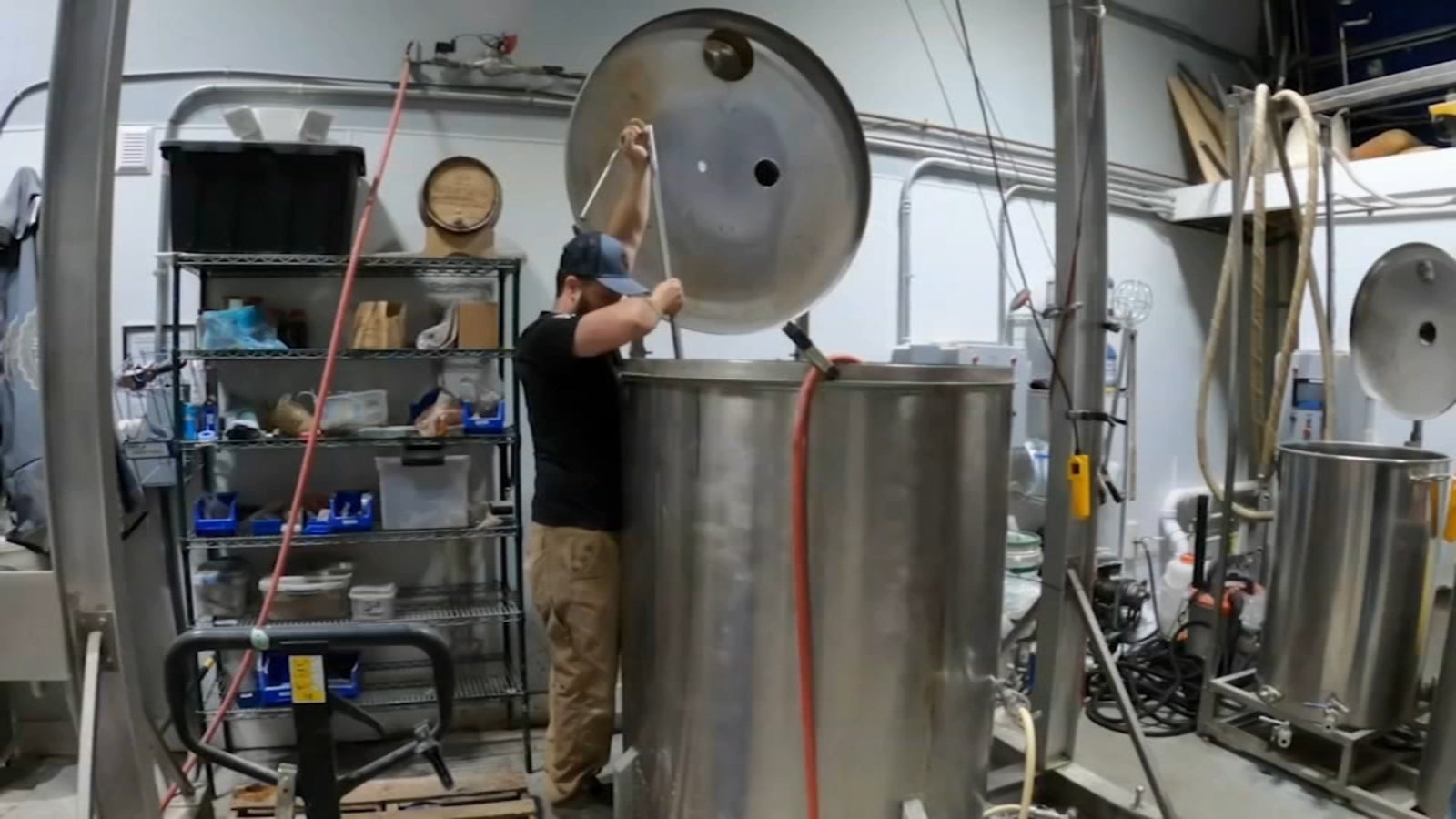Experience the Rich Flavor of Galveston Whiskey: Regional Specializeds
Experience the Rich Flavor of Galveston Whiskey: Regional Specializeds
Blog Article
Understanding the Craft of Distillation: a Deep Study Distillery Traditions
Discovering the intricate art of distillation introduces a globe steeped in classic customs that have actually formed the spirits we appreciate today. From the ancient beginnings of distillation techniques to the modern evolution of distillery tools, each action in the process lugs with it an abundant tapestry of background and know-how. As we look into the fragile equilibrium of contemporary versus standard distilling techniques and uncover the relevance of essential active ingredients, a much deeper understanding arises of the profound influence distillery practices carry the spirits we appreciate.
Beginnings of Distillation Methods
The advancement of distillation strategies has an abundant history that traces back to old worlds. The origins of purification can be connected to very early worlds such as the Mesopotamians, Egyptians, and Greeks. These ancient societies used primary distillation approaches for perfumery, medicine, and producing alcoholic drinks. The concept of dividing components based upon their different boiling factors laid the foundation for the innovative distillation processes we have today.
The earliest evidence of distillation days back to around 3000 BC in Mesopotamia, where clay pots were made use of to distill fragrances and aromatic oils. The Egyptians further advanced these techniques, using purification for medicinal objectives and embalming methods. The Greeks, especially numbers like Aristotle and Hippocrates, added to the theoretical understanding of purification.
With time, purification infect regions like India, China, and the Middle East, each society adding its unique touch to the craft. The evolution of distillation techniques continued via the Center Ages and the Renaissance, at some point bring about the varied array of distillation processes used in modern distilleries worldwide.
Development of Distillery Tools

With innovations in modern technology and a deeper understanding of the distillation procedure, modern distilleries now use a selection of sophisticated tools to generate spirits of the best quality. Today, distillation equipment consists of column stills, reflux stills, and hybrid stills, each made to accommodate details purification demands. These modern-day stills supply far better temperature regulation, raised purification precision, and greater performance in separating alcohol from impurities.
Along with stills, distilleries now make use of innovative condensers, fermenters, and filtering systems to more fine-tune the distillate. The advancement of distillery devices remains to play an important function fit the varied series of spirits readily available in the market today.
Standard Vs. Modern Distilling Practices
Alternatively, modern distilling methods utilize sophisticated technology and technology to improve manufacturing procedures and boost consistency. Automated systems, electronic controls, and cutting edge tools allow modern-day distilleries to produce spirits much more successfully and with greater accuracy.
While traditional distilling methods are cherished for their heritage and the distinct tastes they generate, contemporary approaches provide advantages in terms of scalability, quality assurance, and sustainability. By incorporating scientific improvements and modern-day design, distillers can optimize production, minimize waste, and satisfy the demands these days's market better. Inevitably, the choice between conventional and modern distilling practices typically depends upon the distillery's objectives, worths, and target audience.
Secret Active Ingredients in Distillation Refine
Within the craft of purification, the choice of vital active ingredients plays an important function in identifying the taste account and top quality of the spirits created. The main ingredients made use of in the purification process are normally water, yeast, and a fermentable resource such as grains, fruits, or sugarcane.
Water is an essential component as it not only waters down the alcohol content to a tasty level yet likewise impacts the overall mouthfeel and texture of the spirit. The high quality and mineral material of the water made use of can considerably affect the end product.
Yeast is one more essential ingredient that transforms the sugars existing in the fermentable resource into alcohol with the procedure of fermentation. Different stress of yeast can generate varying aromas and flavors, adding to the one-of-a-kind characteristics of the spirit.

Influence of Distillery Traditions on Spirits
The influence of historical distillery practices on spirits extends past the choice of key ingredients, shaping the very significance and personality of the last distilled products (Breweries in Galveston Texas). These traditions, passed down with generations, play an important function in specifying the unique preference accounts and top qualities that differentiate one spirit from an additional
Distillery practices incorporate a wide variety of methods, from the certain methods utilized in purification to the selection of maturing processes utilized. For instance, using standard copper pot stills in scotch manufacturing is thought to give certain flavors and characteristics that are extremely valued by connoisseurs. Similarly, the aging see this of spirits in oak barrels, a method deeply rooted in distilling traditions, adds to the advancement of complex scents and tastes in time.
/https://static.texastribune.org/media/images/2017/06/07/Brewery-Rich-12-TT-crop.jpg)
Conclusion
Finally, the practices of distillation have an abundant history that has actually progressed in time. From the beginnings of purification strategies to the modern-day practices, the impact of distillery customs on spirits is indisputable. By comprehending the key components in the purification procedure and the evolution of distillery equipment, one can value the craftsmanship and virtuosity that enters into developing high-grade spirits. Distillery traditions play an important duty fit the spirits sector and maintaining the heritage of purification techniques.
Throughout the background of purification, the devices used in distilleries has actually undergone substantial advancement to enhance discover here performance and quality of the purification procedure.With advancements in technology and a much deeper understanding of the distillation procedure, modern distilleries currently utilize a variety of advanced equipment to produce spirits of the greatest high quality. Today, distillation tools consists of column stills, reflux stills, and hybrid stills, each made to cater to specific distillation needs. From the origins of distillation strategies to the modern practices, the impact of distillery practices on spirits is undeniable. Distillery traditions play an important duty in forming the spirits market and preserving the heritage of distillation practices.
Report this page